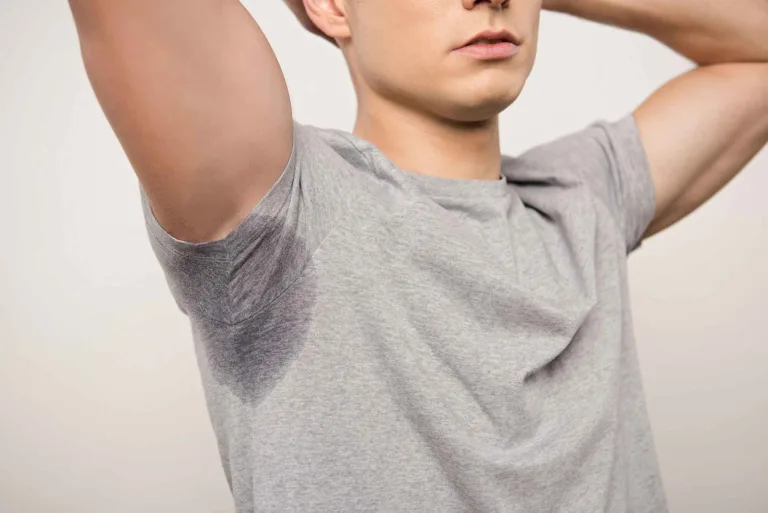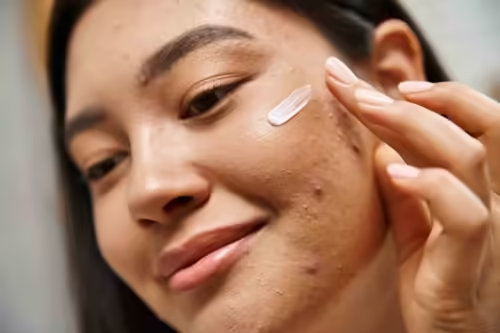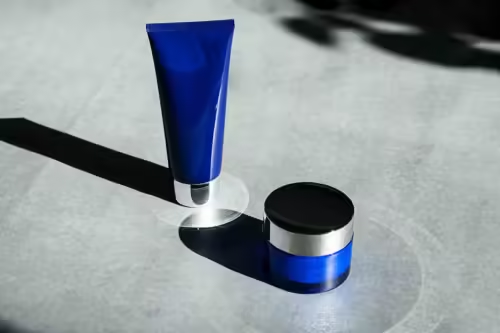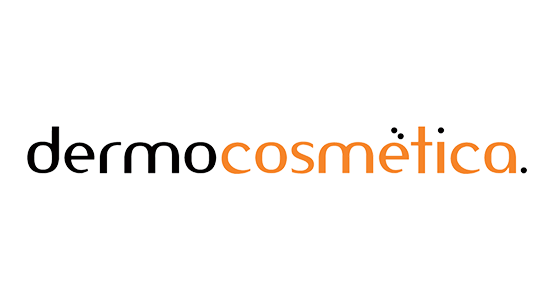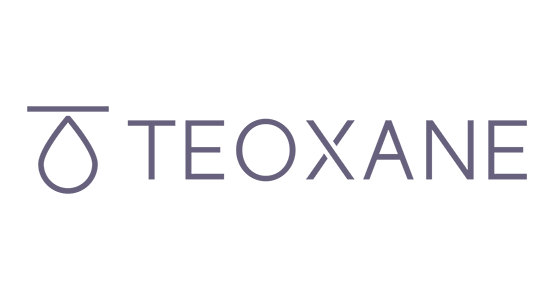It is no secret that vitamin A is a key ingredient in skin care. Its remarkable ability to reverse aging, increase nutrients and encourage the production of collagen and elasticity in the skin is unmatched. With so many different forms of the vitamin A molecule, it can be difficult and overwhelming to decipher what is best for our skin. Not to mention the stigma that comes along with vitamin A serums that can make us hesitant to use them. From sun-sensitivity, to redness and irritation, finding the right form and the right product becomes even more important. Here at Hamilton Skin Clinic we’ve made it our mission to provide you a products that do just that!
In the body, we convert Beta Carotene into Retinol, Retinol into Retinaldehyde and Retinaldehyde into Retinoic Acid. All of these vitamin A derivatives have important and proven activity in the skin, but because of the size of the molecule, they struggle to penetrate the epidermis when applied topically, resulting in the irritation and sun-sensitivity that can come with using certain forms of vitamin A. However, research has shown that Retinaldehyde and Retinoic Acid are 500 times more active than their vitamin A counterparts (Beta Carotene and Retinol), meaning smaller amounts can be used and absorbed into the skin to achieve those skin-smoothing results. Why Retinaldehyde over Retinoic Acid? Once the skin converts Retinaldehyde to Retinoic Acid, it cannot be converted back into a form of vitamin A that can be stored. So, though it may penetrate the epidermis, the skin converts only enough to perform the desired function and leaves the rest in storage forms, and Retinoic Acid cannot be stored by the body, which means applying topical Retin-A can result in two things: irritation from over-stimulation and over-exfoliation. Retinaldehyde, in addition to having its own receptor activity, is the immediate precursor of Retinoic Acid, so the skin will convert a significant amount to that form upon application without the overstimulation because the skin is able to regulate the conversion, making only what it needs and storing the rest in adipose tissue.
Now, let’s talk penetration. The dermal layer of the skin is where the majority of ageing occurs; and because of this, deep, thorough penetration is critical for visible results.
If you would like to find out more about Skin Care and Vitamin A Cosmetic Treatment, our medical team is available for complimentary 15 minute consultations in Hamilton.








